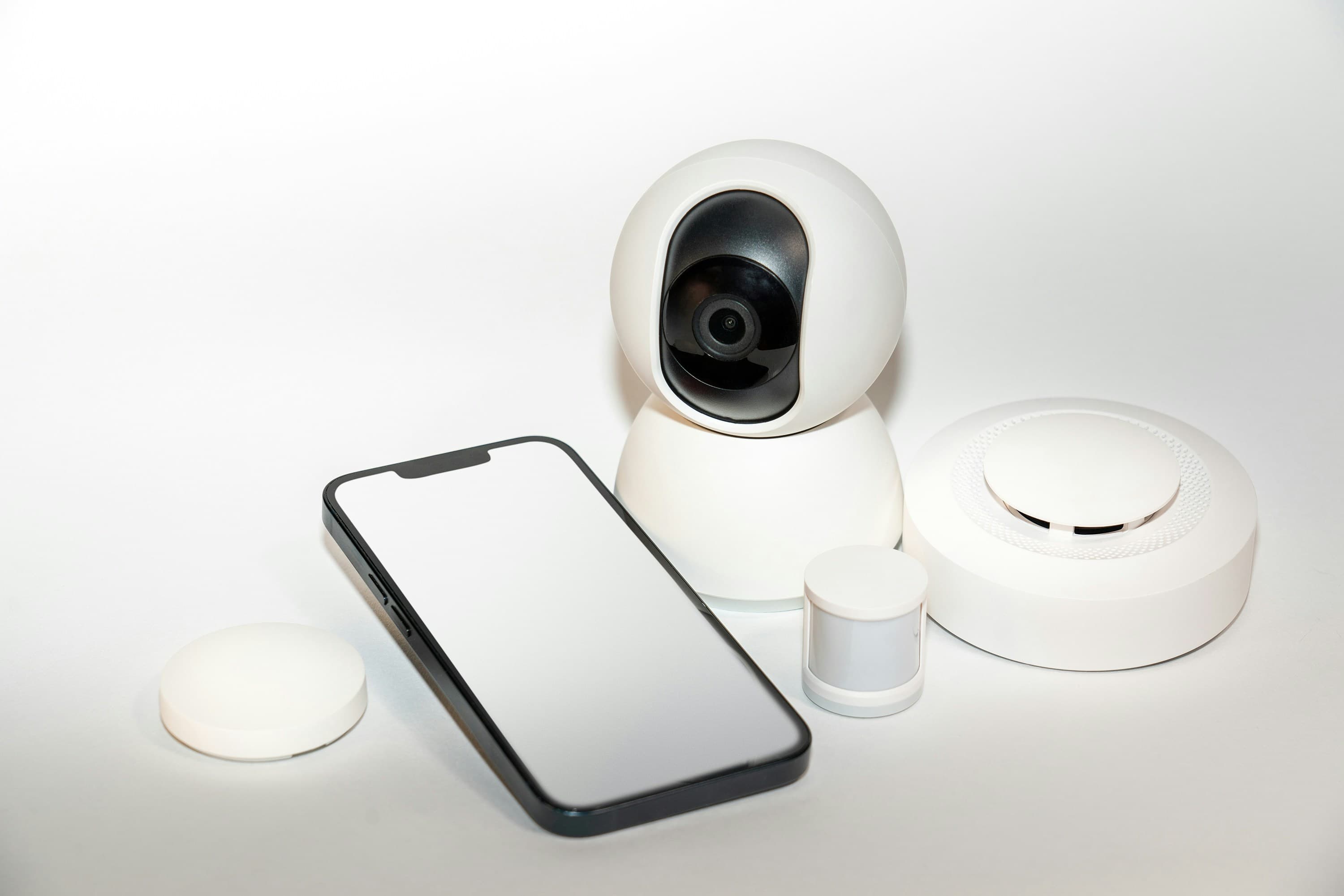Description
In a world increasingly reliant on video conferencing, the quality and effectiveness of our virtual interactions depend significantly on how we are “seen” and how much of our environment is “captured”. While advanced video conferencing devices boast features such as high resolution and auto-framing, a fundamental question often remains unaddressed: What is the optimal field of view (FoV) for different video conferencing scenarios, and how does it truly impact communication effectiveness and user experience?�
We aim to explore the nuances of camera FoV in video conferencing devices. You will analyse how varying FoVs influence perceived presence, non-verbal communication, collaboration dynamics, and the overall sense of connection. The goal is to define and conceptualise “optimal” FoV options for diverse contexts – from individual calls and small team huddles to hybrid meetings involving whiteboards or larger physical spaces – ultimately informing the design of future video conferencing solutions.
A poorly chosen FoV can lead to distracting backgrounds, cut-off participants, a sense of isolation, or even motion sickness, directly hindering effective communication and collaboration. Conversely, an intelligently designed FoV can enhance engagement, foster a sense of shared presence, and ensure all relevant visual information, such as facial expressions, gestures, and shared physical content like whiteboards, is clearly and effectively conveyed.
